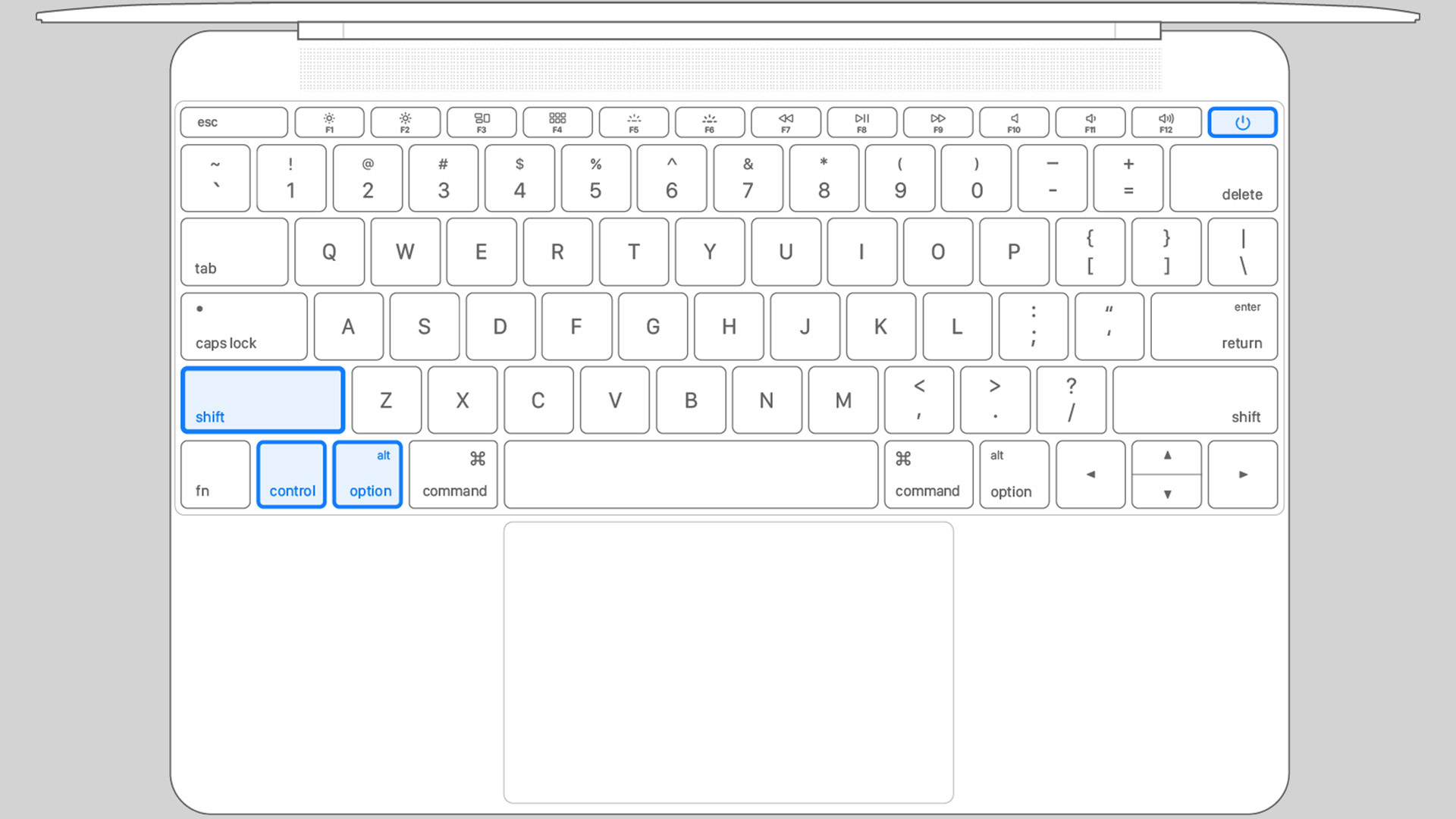Affiliate links on Android Authority may earn us a commission. Learn more.
MacBook not charging? Here's how to fix it
A MacBook that doesn’t charge is a big deal. It’s not just that MacBooks are expensive. People keep their work, life, and memories on these little computers. We’ll cut to the chase here. There are only a few reasons why a MacBook won’t charge, and we’ll help you run through the troubleshooting to see what it might be.
Read next: How to fix “macOS cannot verify that this app is free from malware”
QUICK ANSWER
To fix a MacBook not charging, start by checking the charger to make sure it's not damaged. After that, reboot the MacBook. If that's not working, try checking the battery health, if the device is overheating, and try booting into safe mode to see if there's an app draining the battery. Finally, resetting the SMC might work, and, as always, check for software updates or even reinstall macOS entirely. If none of those work, it may be time to visit the Apple Store
JUMP TO KEY SECTIONS
How to fix a MacBook that won’t charge
There are a variety of reasons why a MacBook won’t charge. It ranges from overheating to a broken charger. We’ll take you through some basic steps to see if it’s any of the common issues that are preventing you from charging.
Check the charger for damage
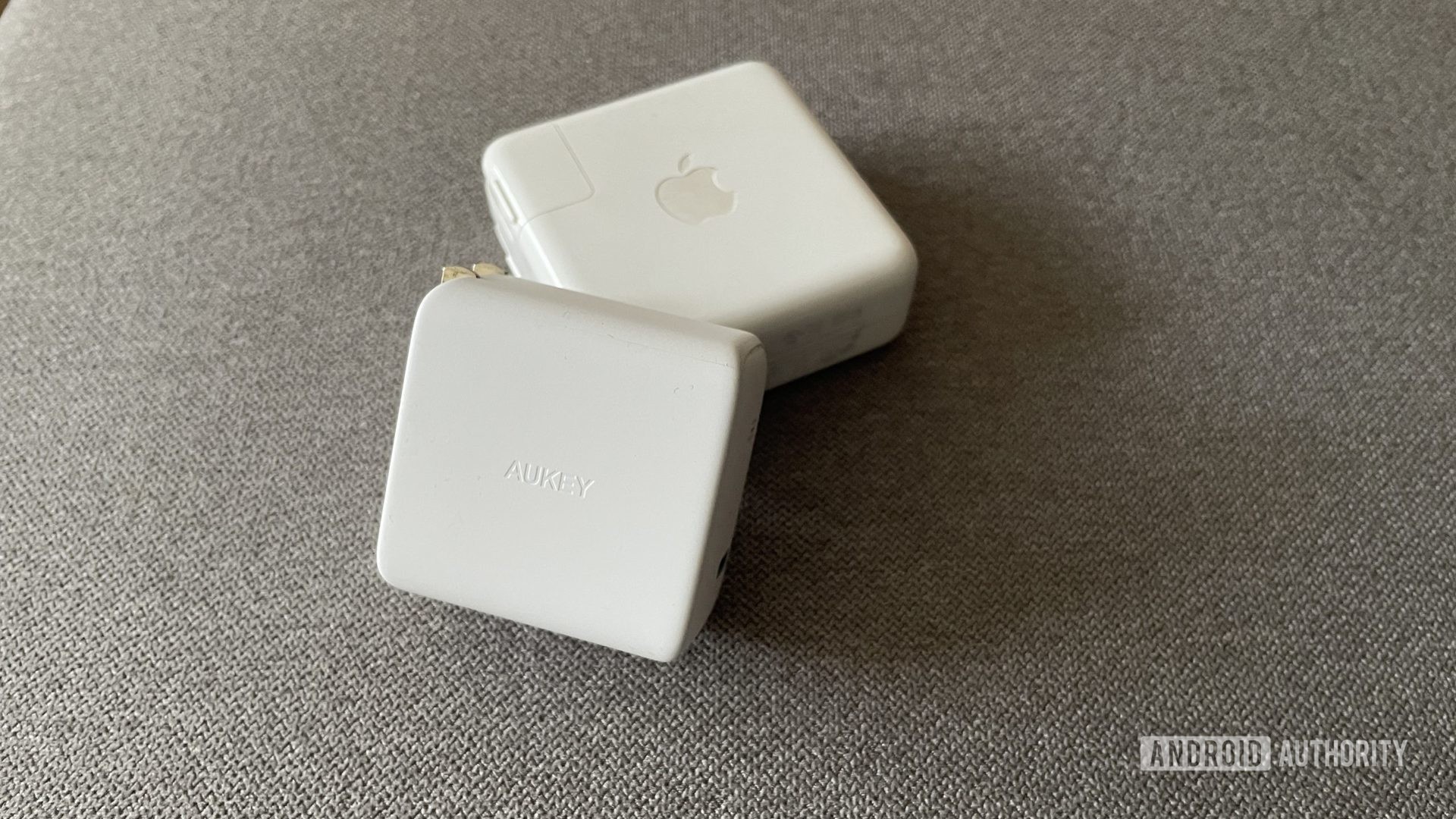
Your first task is to see if the charging brick that came with your MacBook still functions. There really isn’t a specific method or test, so we’ll list some ways you can check and see if it’s a charger failure.
- Apple recommends unplugging the thing from the wall for 60 seconds and then trying again. According to Apple, sometimes chargers turn off if they sense too much ground noise from your outlet.
- Physically inspect the charging port, charging brick, and charging cable for damage, corrosion, bending, or other damage.
- Ensure the charger and charging port on your MacBook is dry and free from obstructions like food crumbs or lint.
- The charger should become warm after use. That’s normal. If it’s very hot, unplug it immediately.
- Finally, try another charger if you can. This helps narrow things down quite a bit. If a different charger works, the issue is most likely with your charger. If another charger doesn’t work, the issue is most likely something else.
If any of the things above end up being a problem, you should either purchase a new charger or take your charger to the Apple Store to see what’s up with it.
Reboot your MacBook
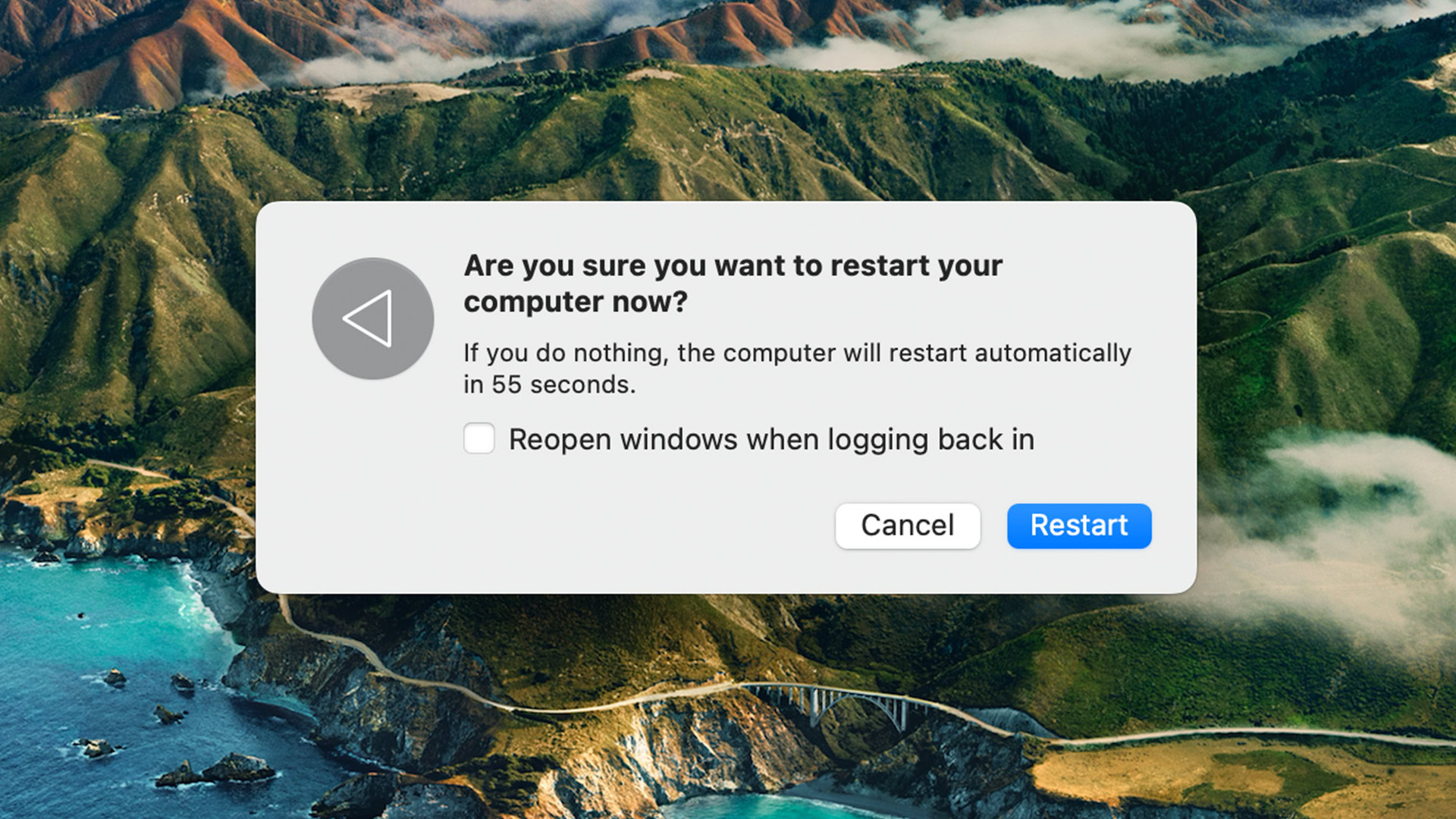
The old “turn it off and back on again” method has worked on electronics for 100 years or more. It may work for you this time. Sometimes, a piece of software or something just hangs, and your MacBook loses its ability to even. Make sure to save your work before rebooting, obviously.
- Click the Apple menu in the top left corner.
- Select Reboot.
- Hit the Restart button to reboot your MacBook.
Check to see if your MacBook is overheating
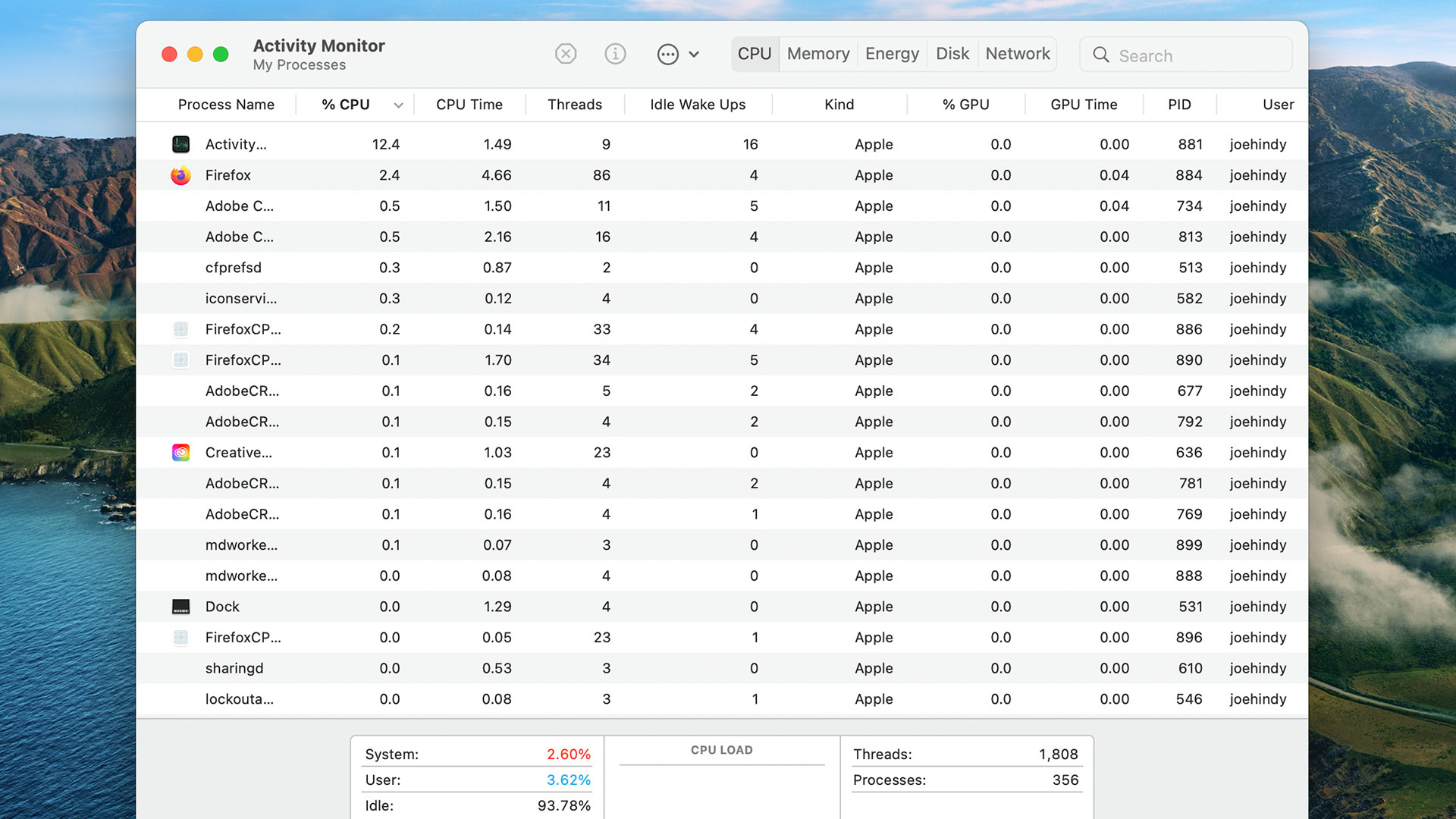
An overheating MacBook may refuse to charge. This isn’t much of a problem with Apple silicon, but older Intel MacBooks can get quite warm. Since chargers can heat up MacBooks, the machine can sometimes stop charging to prevent further overheating. Here’s how to check for that.
- By touch — There are memes out there that you can fry an egg on an overheating Intel i9 MacBook. It’s only a minor exaggeration. If you can touch the MacBook and it feels uncomfortably hot, then it’s probably overheating a little bit.
- Activity monitor — Open Launchpad, search for Activity Monitor, and open it. Generally, an overheating MacBook has very high CPU and GPU usage, which you can check by using the Activity monitor.
- Use an app — Apps like TG Pro and others can check your temps for you. Search the Mac App Store for some neat options. Around the 100-degree Celcius mark is when you really need to worry.
In any case, if your MacBook is overheating, shut it down and let it sit for a while. Try to charge again after it’s cooled down a bit.
Check your MacBook’s battery health
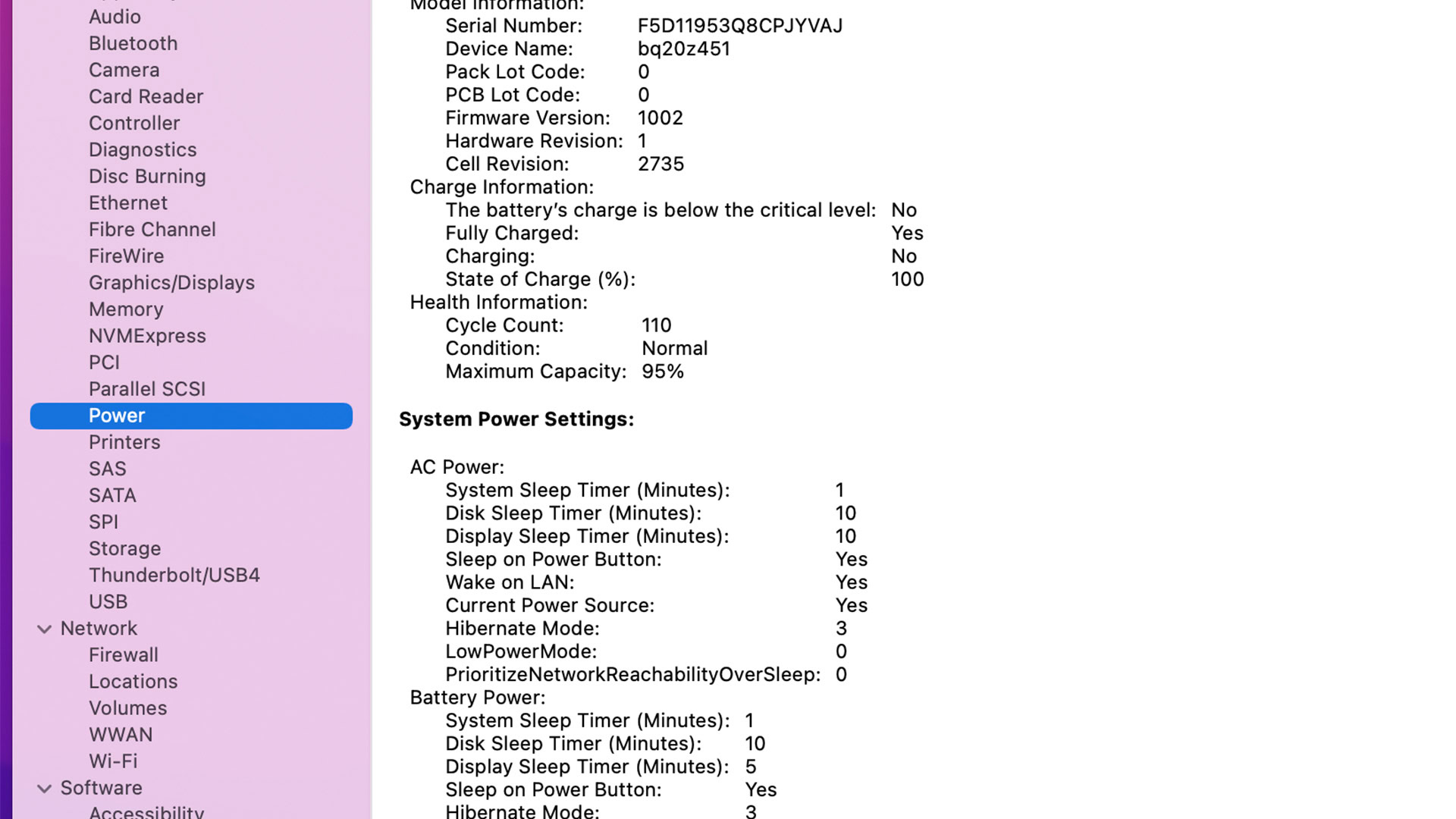
Your MacBook keeps track of its own battery health, and it’s honestly not difficult to see for yourself. We have a couple tutorials on battery health management and charge cycles, but we’ll go through the basics right now.
- Click the Apple menu button and select About This Mac.
- Next, click System Report.
- Click the Power category in the left margin.
- Here, you can view a variety of battery stats, including maximum capacity, whether or not the machine is charging, whether or not the machine is fully charged, and more.
This won’t help you troubleshoot much unless your maximum battery capacity reads at 0%, at which case you know the battery is broken. However, it can help you look and see the status of your MacBook and whether or not it’s actually charging.
Advanced troubleshooting to fix a non-charging MacBook
There are some more advanced troubleshooting measures to fix a MacBook that isn’t charging. We’ll take you through those steps now.
Boot into safe mode
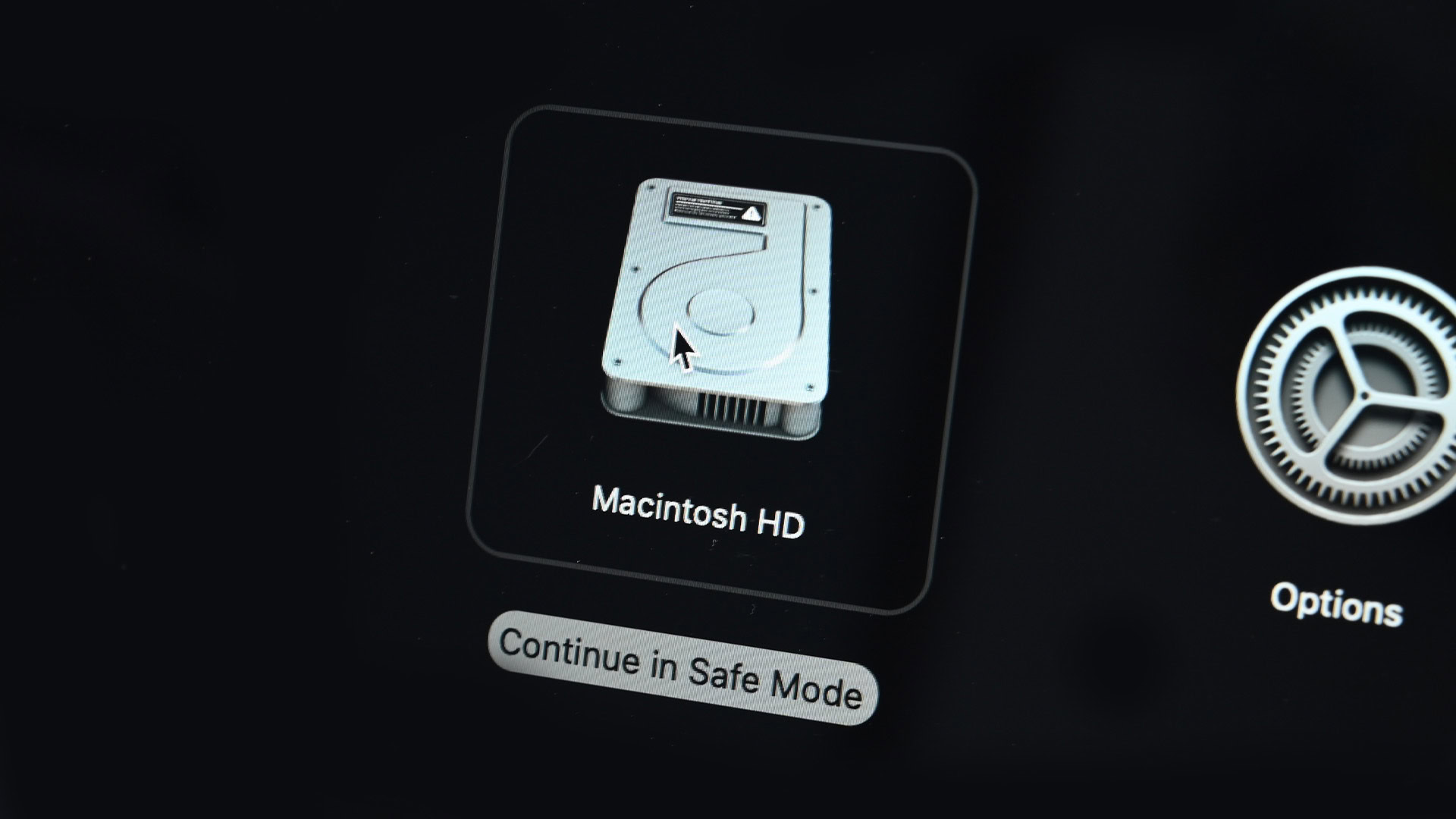
Safe Mode can help you troubleshoot some issues. Perhaps you have an app running on your Mac that is eating battery as fast as the charger is charging. Safe Mode can help you find that. It boots the Mac into the most basic version of its OS, with no extraneous apps loaded. We have a tutorial for this here, but here’s a quick version.
- For Apple silicon MacBooks — Shut down your MacBook. Turn it back on by holding the power button until it boots you into Recovery. From there, you can select Safe Mode.
- For Intel silicon MacBooks — Shut down your MacBook. Press and hold shift, and then power. This should boot the Intel MacBook directly into Safe Mode.
If your MacBook charges in Safe Mode, but not on a regular boot, that means there is something wrong with the software. You can reset the SMC, reinstall your OS, or just go surfing through your applications folder. Delete stuff until your MacBook charges again.
Reset the MacBook’s SMC
Resetting the SMC is a common troubleshooting measure for charging issues. The SMC manages quite a few things, including how your MacBook’s power. Resetting the SMC can help make things right in some cases. We have a tutorial for it here, but here’s a quick rundown.
- MacBooks with a removable battery — Shut down your MacBook and remove the battery. Press the power button for five seconds while the battery is out, and then leave the battery out for a minute. Put the battery back in, and reboot.
- Intel MacBooks without a removable battery — Shut down the MacBook. While off, press and hold Control+Option+Shift. Press and hold the power button along with those four keys for ten seconds. Once done, reboot your MacBook.
- Apple silicon MacBooks — Simply reboot your MacBook. Apple apparently has the SMC reset every time you do.
Update the software
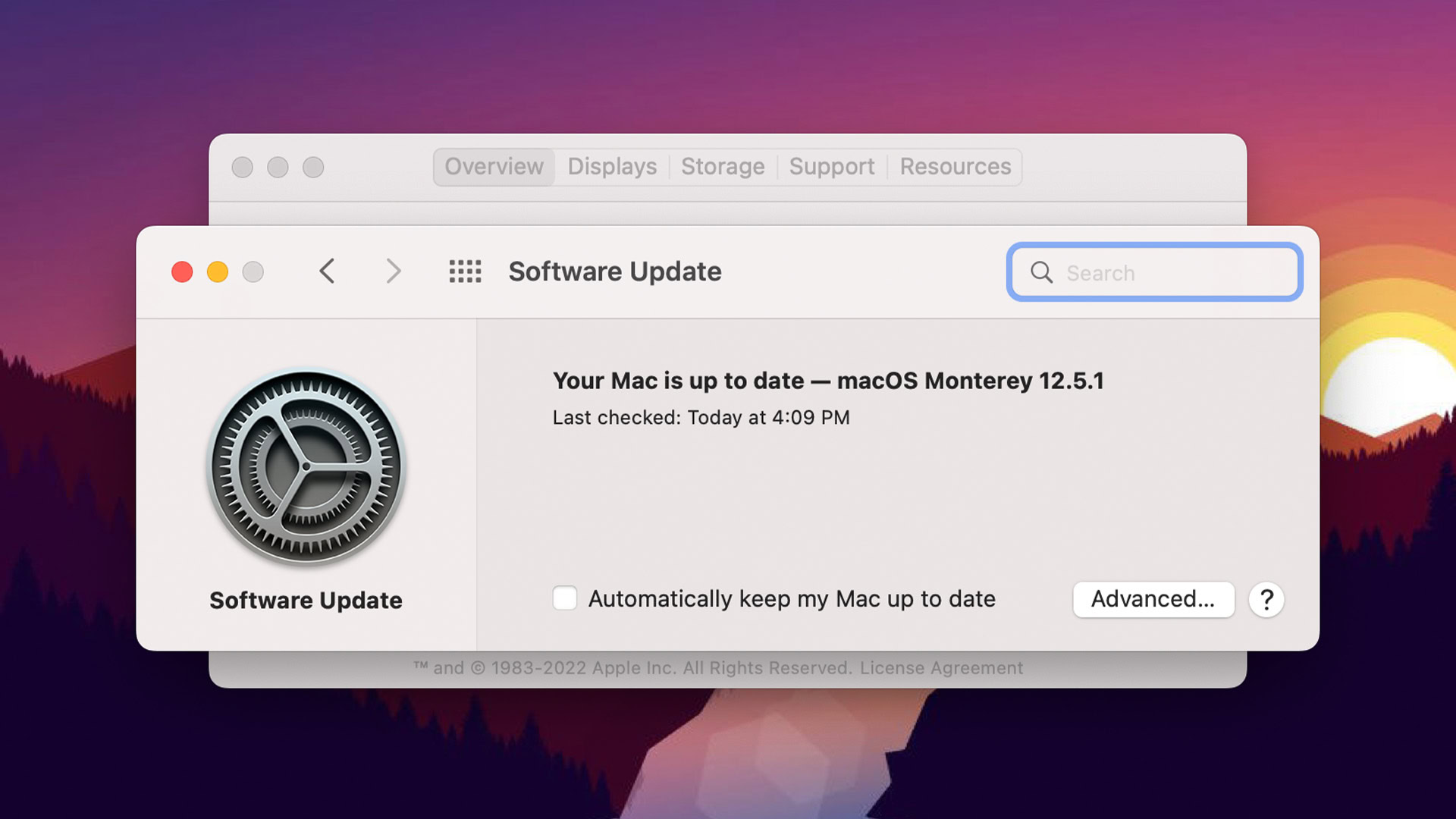
Sometimes your MacBook won’t charge until it’s been updated. This can happen for a variety of reasons, such as firmware issues, but Apple does recommend that you check for software updates as part of the troubleshooting process.
- Hit the Apple menu button, then select About This Mac.
- On the next screen, hit Software Update.
- If you have an update that needs to be applied, go ahead and install it.
- Once done, check and see if it’ll charge.
Reinstall macOS on your MacBook
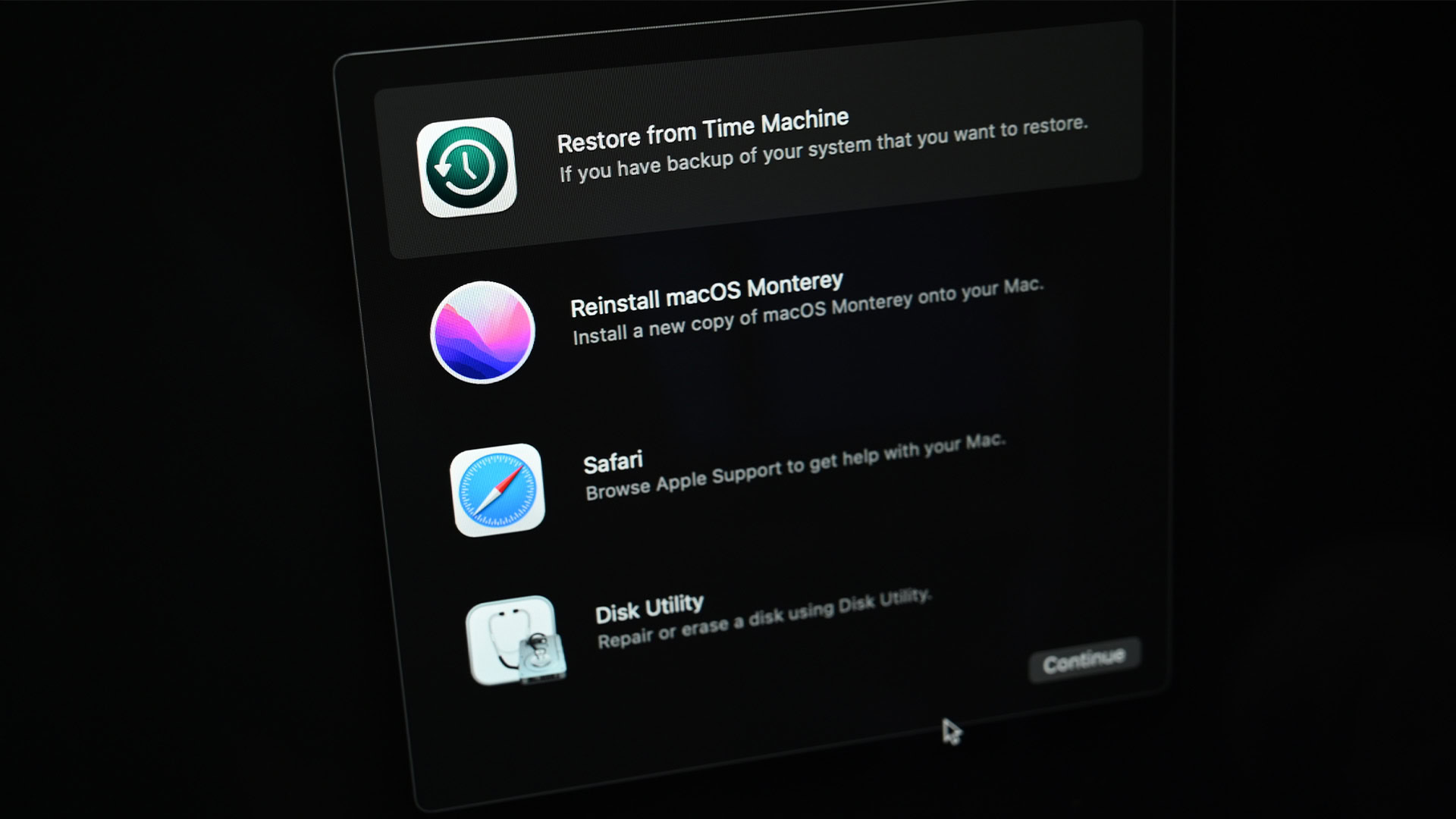
If the update method doesn’t work, you may want to try reinstalling the entire OS. It won’t delete your data, although you should have a backup anyway, just in case. Reinstalling the OS can repair firmware issues, corruption issues, and other types of software-related bugs. The process isn’t difficult, but it does take a while. We have a full tutorial here, but we’ll go through the simple steps.
- Reboot your MacBook into recovery.
- Select the Settings option and enter your password.
- On the next screen, select Reinstall macOS.
- Follow the instructions on the screen to begin the installation.
Once done, reboot and test to see if your charger works now. Keep this method in mind as well because it can solve a lot of bugs on Macs.
When all else fails
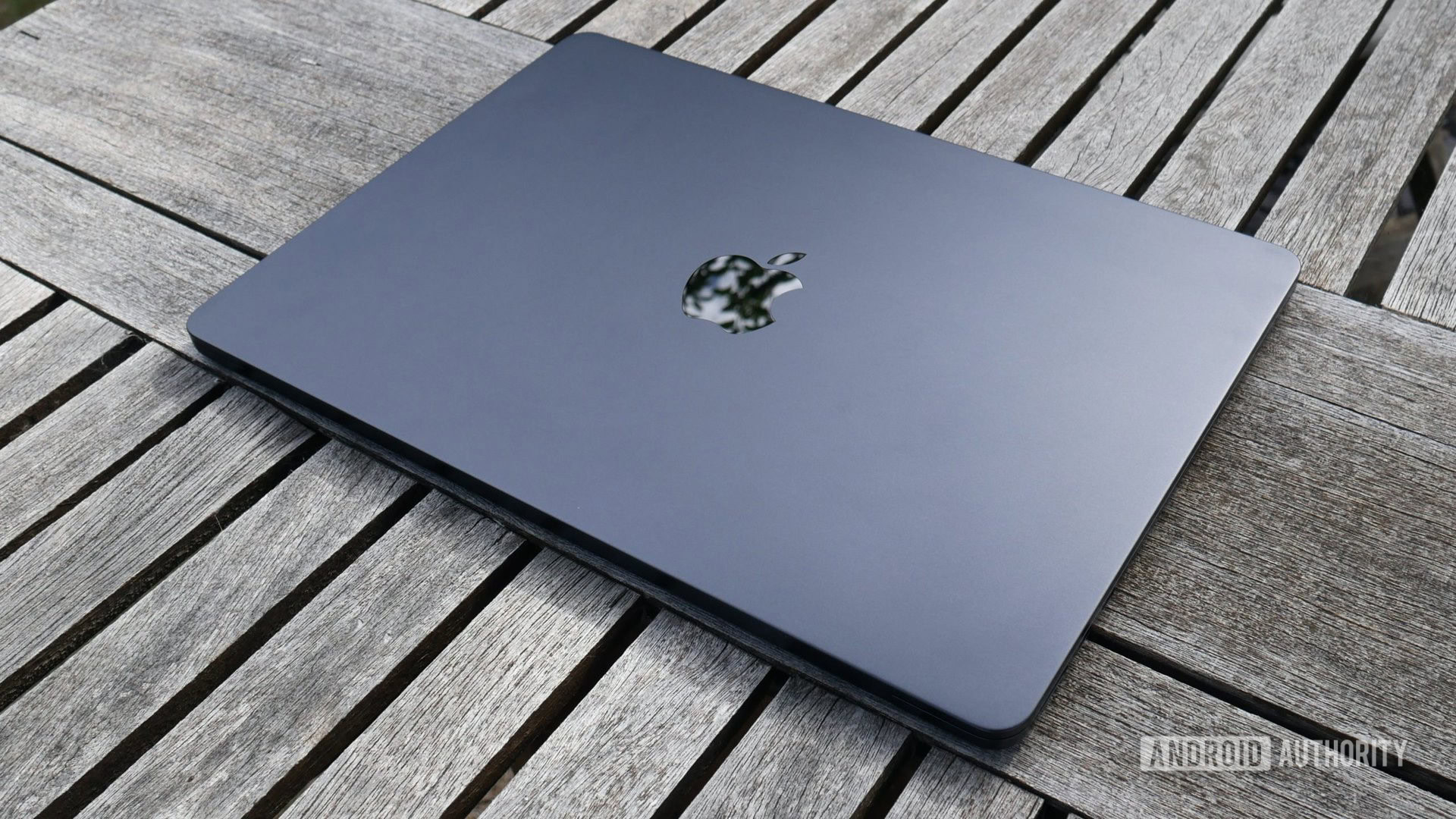
There are only a few other things to try, but after that, it’s off to the Apple Store to see if a technician can fix it. After all, you could have a bad charging port, and none of the troubleshooting here can fix that. Try this list of things to see if it works.
- If you are using an aftermarket charger, try using the original charger to see if the aftermarket charger is just bad.
- Try a different port if you can. On some newer MacBooks, the charger is a USB-C, and most modern MacBooks come with more than one. They can all accept a charger.
- Try another outlet. It’s rare, but sometimes an outlet goes back or has a fault where something like this can happen. It’s one in a million, but it only took two sentences to recommend you try it.
- One more thing you can try is to bypass the battery. This one is for experienced folks only, and we take no responsibility if you break something. Anyway, follow iFixit’s guide here to disconnect the battery. Then, put the cover back on and try to plug the MacBook in, and turn it on. If it turns on, the issue is almost certainly the battery. If it doesn’t, the culprit is most likely a bad charger or bad charging port.
In any case, if you’ve run through every troubleshooting step to this point, it’s likely that your issue is something internal. You’ll likely have to take it to the Apple Store and have it professionally repaired. We hope your warranty is intact.
Up next: The best MacBooks you can buy right now
FAQ
It essentially means that charging is paused on your MacBook. It’s part of the Optimized Battery Charging function that comes on all modern MacBooks, and it optimizes charging to help the battery live as long as it can. It can be turned off, but we don’t recommend it.
Apple sells chargers directly on its website. You can also find third-party options on Amazon and other retailers.
Official MacBook chargers go for about $60 and upwards of $80 to $100 or more. Third-party options typically go for about $40 or less. Despite the markup, Apple does recommend using OEM parts for the charger, since third-party chargers can cause issues.
